Building MeshKit
- Prerequisites: MeshKit may require iMesh implementation for its mesh data structure and, if you’d like to read geometry files, requires iGeom implementation, so you’ll need to build/install those first. In addition, if you’d like to relate mesh and geometry, requires iRel implementation. The implementations of these interfaces are part of SIGMA. Please follow instructions on configuring and building CGM, MOAB and Lasso.
- Grab the code straight from the git repository
git clone https://bitbucket.org/fathomteam/meshkit MeshKit
- Run ‘autoreconf -fi’ in the main source directory. NOTE: MeshKit can be built using both CMake and autotools (autoconf, libtool, automake) that can be installed on most LINUX/UNIX distributions. If they’re not part of your OS, or if there are fatal errors, try downloading/building more recent versions of those packages. On windows, use CMake to build the sources.
- If using autotools, at the top-level source directory, run the configure script with the various options. To get a list of options, run ./configure –help.
- Build and install with the command
make install
This will install the MeshKit include files, libraries, and binaries in $(prefix)/include/, $(prefix)/lib/, and $(prefix)/bin/ subdirectories (the default prefix in configure is /usr/local which can be changed with the –prefix= option).
- Verify if the sources have been built correctly
AutoTools: make check CMake: make test
Now, you should be able to create your own examples with MeshKit and use the mesh generation algorithms exposed by the interfaces.
FAQ
- If you have problems running ‘autoreconf -fi’ or suspect that the build system is broken due to improperly installed versions of the GNU autotools, please refer to this article.
- When using –with-cgm option and CGM is build using –with-cubit option you might encounter segmentation fault and *** glibc detected *** errors. See this link for details.

